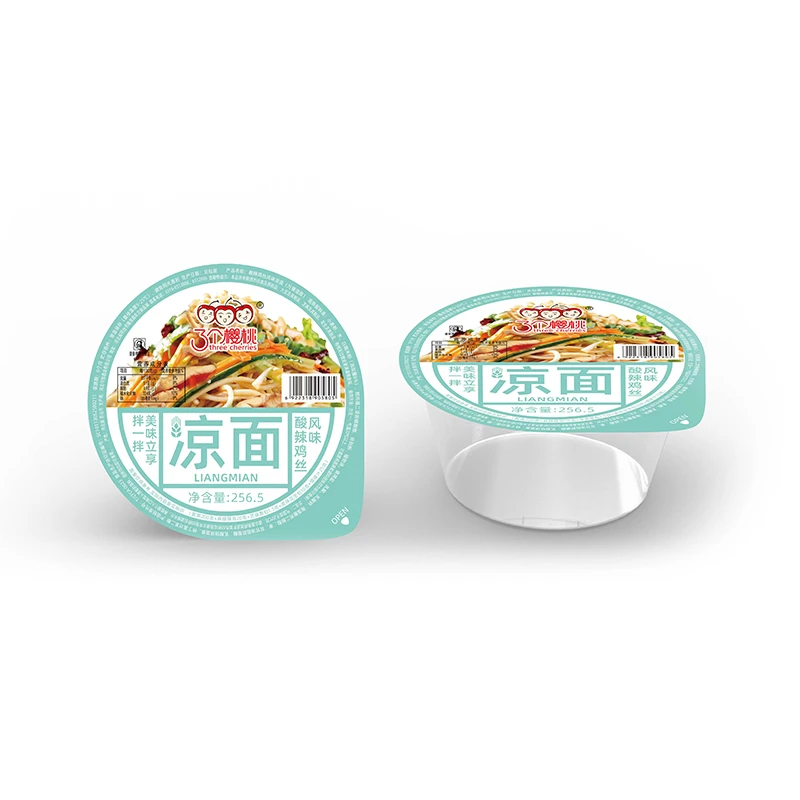soba noodles good for diabetics
Are Soba Noodles Good for Diabetics?
Soba noodles, a traditional Japanese food made primarily from buckwheat flour, have gained popularity worldwide due to their unique flavor and potential health benefits. One of the most pertinent questions concerning soba noodles is whether they are suitable for people with diabetes. Understanding the nutritional profile of soba noodles and their effects on blood sugar can help diabetics make informed dietary choices.
Nutritional Profile of Soba Noodles
Soba noodles are primarily made from buckwheat, which is often mistaken for a grain but is actually a gluten-free seed. This makes it a viable option for those with gluten intolerance. One of the significant advantages of soba noodles is their high fiber content. A typical serving of soba noodles contains about 6 grams of protein and 4 grams of fiber per 100 grams. The fiber in soba noodles is largely insoluble, which can help regulate digestion and promote feelings of fullness, making it an excellent choice for weight management.
Furthermore, buckwheat is rich in antioxidants and has anti-inflammatory properties. It contains essential minerals such as manganese, magnesium, and phosphorus, which play vital roles in various bodily functions. These properties make soba noodles a healthier alternative to traditional pasta made from refined wheat, as they often have a higher nutritional value.
Glycemic Index and Blood Sugar Management
One of the critical considerations for diabetics when assessing carbohydrate sources is the glycemic index (GI). The glycemic index measures how quickly a carbohydrate food raises blood glucose levels. Foods with a high GI can cause rapid spikes in blood sugar, while low-GI foods result in a slower release of glucose into the bloodstream.
Soba noodles typically have a moderate glycemic index, estimated to be around 50-60, depending on the preparation method. This means they have a more gradual effect on blood sugar levels, making them a better option for diabetics compared to high-GI foods. Pairing soba noodles with other low-GI ingredients and sources of protein can further mitigate any potential blood sugar spikes and enhance overall meal balance.
soba noodles good for diabetics

Portion Control and Balanced Diet
While soba noodles can be a good option for diabetics, portion control remains essential. Consuming large servings of any carbohydrate can lead to increased blood glucose levels. A typical serving size of cooked soba noodles is about half a cup, which can fit well within a balanced meal when accompanied by vegetables, protein, and healthy fats. Incorporating non-starchy vegetables, like spinach and broccoli, or lean proteins, such as tofu or chicken, can create a well-rounded meal that is satisfying and diabetes-friendly.
Cooking Methods and Recipe Ideas
The way soba noodles are prepared can also impact their health benefits. Boiling soba noodles and tossing them with vegetables and protein is a popular method. A cold soba noodle salad with shredded carrots, cucumbers, and a light vinaigrette can be refreshing and nutritious. Alternatively, soba noodles can be used in soups, providing warmth and comfort during cold months.
It's important to be cautious with sauces, as many can contain added sugars that may not be diabetic-friendly. Opting for low-sodium soy sauce, sesame oil, or homemade dressings can enhance flavor without the risk of spiking blood sugar levels.
Conclusion
In conclusion, soba noodles can be an excellent addition to a diabetic diet when consumed in moderation and as part of a balanced meal. Their nutritional profile, coupled with a moderate glycemic index, makes them a healthier alternative to many refined carbohydrate options. By being mindful of portion sizes and accompanying ingredients, people with diabetes can enjoy the benefits of soba noodles while effectively managing their blood sugar levels. As always, individuals should consult healthcare professionals or registered dietitians to tailor dietary choices to their specific health needs and goals.
-
Low GI70 Soba: Delicious, Healthy & Blood Sugar FriendlyNewsAug.29,2025
-
Authentic Fried Sauce Noodles: Savory, Satisfying, & Easy!NewsAug.28,2025
-
Wholesale Ramen Noodles SuppliersNewsAug.27,2025
-
Organic Soba NoodlesNewsAug.27,2025
-
Organic Ramen Noodles BulkNewsAug.27,2025
-
Improving Foodservice: A Wholesale Buyer’s Guide to Fresh PastaNewsAug.27,2025
-
Dragon Chuka Soba NoodlesNewsAug.27,2025
Browse qua the following product new the we







